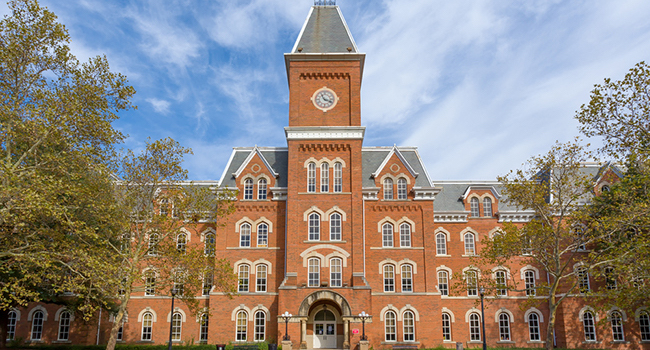
OSU Creates Safety Task Force After Shooting Death Near Campus
- By Yvonne Marquez
- October 19, 2020
Ohio State University announced the establishment of a task force to review safety issues on campus and the surrounding neighborhoods near the university on Thursday. The task force was created in the wake of the shooting death of 23-year-old OSU student, Chase Meola on Oct. 11.
“We lost a beloved student to an act of senseless, criminal violence this week,” Kristina M. Johnson, president of OSU, said in a university-wide email. “Chase Meola was an extraordinary friend to so many in our Buckeye community. We deeply grieve his loss. This crime has left members of our community feeling anxious and concerned about safety.”
Meola, a 5th year marketing student, was found shot to death in a parking lot of a former fraternity house near campus at a party. Eighteen-year-old Kinte Mitchell Jr. was charged with murder in connection with the death of Meola. Mitchell is being held on $5 million bond.
The University Task Force on Community Safety and Well-Being will meet “to identify, implement and advocate for additional approaches that address violence, crime, and high-risk activities and behaviors.” The task force will deliver an initial report before the Thanksgiving holiday next month and will continue to work throughout the year.
The task force will be co-chaired by Melissa Shivers, vice president of the Office of Student Life, and Jay Kasey, senior vice president of the Office of Administration and Planning.
“The work of the task force will combine expertise from multiple partners to find practical, convergent solutions that we can apply and implement without delay,” Kasey said in a press release.
The task force will include OSU students, faculty, staff, parents, law enforcement professionals from OSUPD, public health professionals, representatives of neighborhoods in the University District, Ohio State Student Legal Services, and representatives from Columbus City Council and the Office of the Mayor.